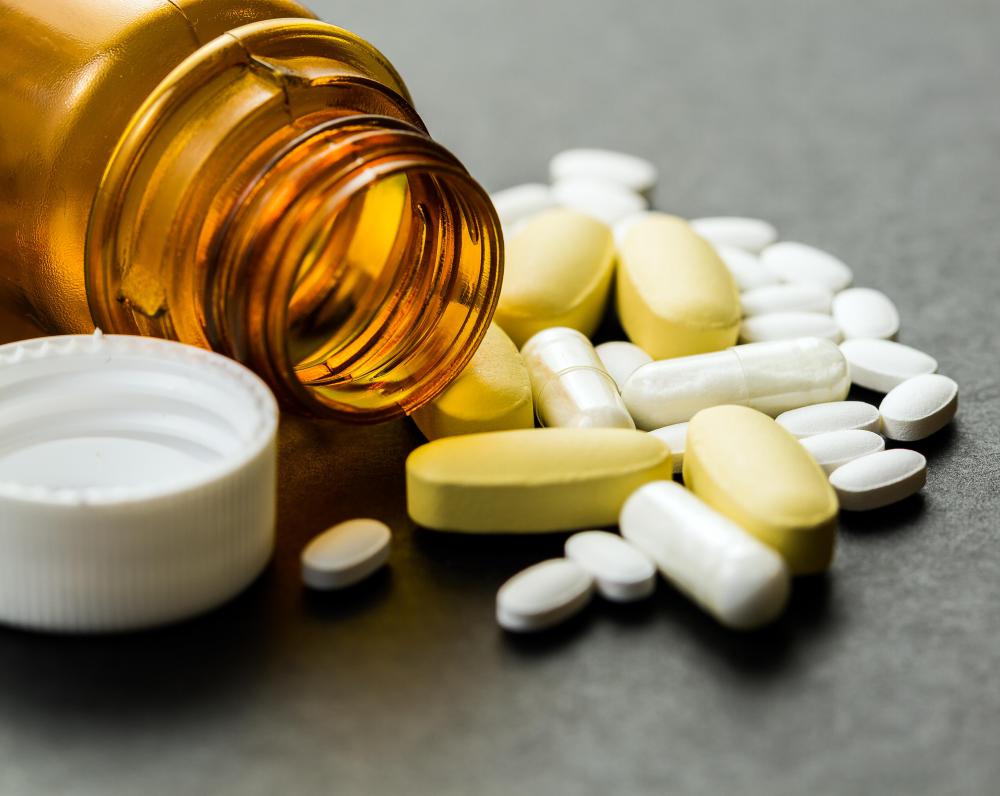At TheHealthBoard, we're committed to delivering accurate, trustworthy information. Our expert-authored content is rigorously fact-checked and sourced from credible authorities. Discover how we uphold the highest standards in providing you with reliable knowledge.
What Is a Unit Dose?
A unit dose is a method of preparing and packaging medications into single-use, pre-measured containers that provide exactly one dose. The unit dose can be packaged in a vial, a blister pack, or a pre-filled syringe. Many hospitals and health care facilities use unit dose packaging to reduce the risk of medication errors. Using this system offers many benefits and very few drawbacks for both medical personnel and patients.
While all medication doses leave very little room for error, some require such precision dosing that even the slightest error can have serious consequences. Insulin, for example, is measured in units; a single unit is equal to approximately 0.01 milliliters. Some patients may only require a single unit, which is a very small amount and can be difficult to measure. Too much insulin can cause a severe crash in blood sugar. Unit dose packaging allows medical personnel and self-care patients to deliver the exact amount of medication required without the need to measure it out.

Each unit dose package comes labeled with its own bar code, and that bar code is typically noted on the patient’s file. If a serious or uncommon reaction occurs, medical personnel can easily report the issue to the proper adverse reaction monitoring authority. Individual bar codes also allow pharmaceutical staff to trace medication back to its exact source, allowing them to more easily locate potential errors in production.

Aside from the barcode, each label contains the brand name of the medication and the unit dose measurement. In some cases, the patient’s name is also printed on the label. Most medical facilities require the use of a double-check system — meaning the medication is checked by two people — for high-risk drugs. Having all the pertinent information right on the label makes the double-check process easier, which can increase staff productivity.

This system also helps increase productivity by keeping more of the medication in the hands of the pharmacy and less on the floors of the facility. Most medical facilities require staff to take careful inventory of medications, particularly controlled substances, at regular intervals throughout the day. Keeping the bulk of the medication in the pharmacy and maintaining only a 24-hour supply on the floor cuts down on the amount of time spent counting pills and measuring vials.

There are some disadvantages to the unit dose system, though, especially at the manufacturing level. Production is more time consuming and requires a larger staff than bulk dose packaging requires. Increased costs at the manufacturing level mean higher cost for patients. The advantages, however, typically outweigh the disadvantages, and more healthcare facilities are using unit dose packaging when possible.
AS FEATURED ON:
AS FEATURED ON:
















Discuss this Article
Post your comments